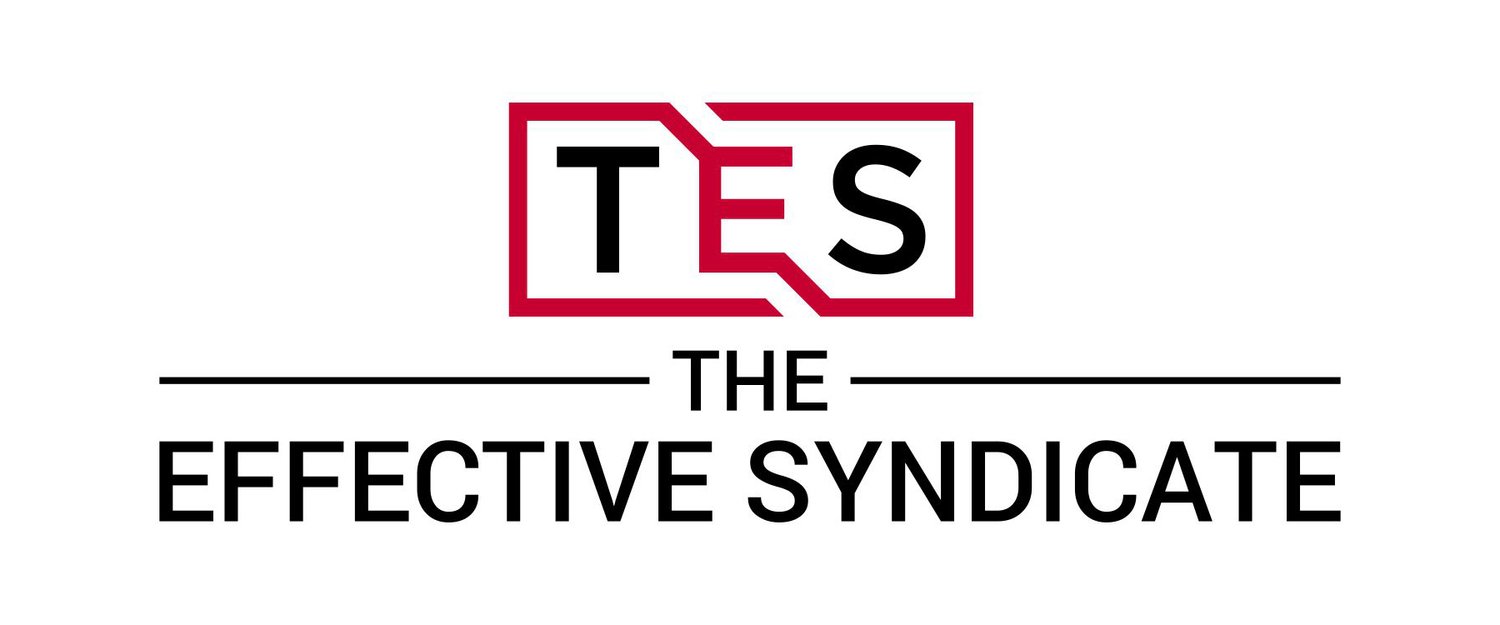Why Team Selection is a Critical Part of Problem Solving
Have you ever been stuck in a rut with problem solving activities? What causes stagnation in companies when it comes to solving problems? At its core, I like to break down problem solving into 2 key components. The first of these is tools and techniques, and the second is the team selection itself. We will focus on the tools and techniques in a future piece, but for now I want to spend a little time explaining why I believe that the “who” is more critical than the “how” when it comes to problem solving.
I work with many companies who have extremely smart and capable people running the organization. A common problem that I tend to see is that a single person is charged with doing root cause analysis for issues within the company. Usually, this individual is either a QE or other individual with a technical background. The result of this approach also tends to have a common outcome. More often than not, the individual will come up with a solution that is driven by the data. Great! Problem solved, right? The next day, after the solution has been implemented, a new problem arises that was created by the solution to the first problem. The same individual is assigned to “fix” the new problem, and a solution is implemented. Then another problem arises from that fix, the cycle continues.
Throughout the entire problem-solving cycle, the personnel that work in the processes are normally asked for data about the issue, but they are rarely asked for input towards a solution. This is a critical oversight for problem solving. If you want to get to the true root cause of your problems and don’t want to introduce new variation to other processes, you have to get the right people involved. However, simply having a team working on problem solving activities instead of an individual, will not create a dynamic that will lead to exceptional results. You must create a diverse cross-functional team. The team must contain individuals who are directly involved with the process where the issue is created. It is also just as critical to have team members from other functions, who have limited to no experience with the process in question. This may sound like a bad idea, but getting these outside eyes can allow for a new perspective and might just bring about a breakthrough solution that would not have come about from looking at the problem the same old way. Ensuring that upstream and downstream process owners are involved also helps eliminate the risk of creating new problems outside of the process.
The additional benefit of placing a diverse group into a problem-solving team is that you are investing in each person on that team. As these cross-functional teams work through the problem-solving process, new skills and ways of seeing issues are developed. This is a huge step in creating a Quality Culture within a company. Invest in your people, and empower them to solve problems. Your teams cannot solve problems if they do not feel that they have the power or authority to do so.
To summarize, use cross-functional teams to solve complex problems. Invest in your team and empower them to solve issues as they arise, before they become large problems. Then, enjoy the fruits of a Quality Culture that is centered around the people you have developed to drive the Culture.
